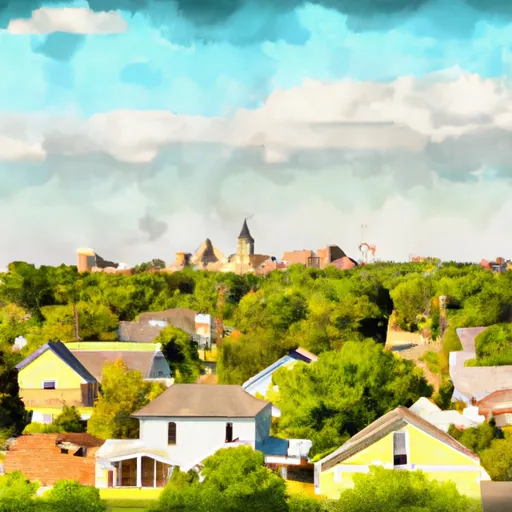°F
°F
mph
Windspeed
%
Humidity











Ellsinore is a small town located in the southeast region of Missouri. The climate in Ellsinore is characterized by hot summers and cool winters with an average annual temperature of 59.2°F. The town is situated near the Black River, which is known for its excellent fishing opportunities. The hydrology constituents of the river include smallmouth bass, catfish, and sunfish. There are also several outdoor recreation opportunities in Ellsinore, including hiking, camping, and hunting in the nearby state parks. The nearby Ozark National Scenic Riverways is also a popular destination for kayaking, canoeing, and tubing.
Weather Forecast
Ellsinore receives approximately 1205mm of rain per year, with humidity levels near 81% and air temperatures averaging around 14°C. Ellsinore has a plant hardyness factor of 6, meaning plants and agriculture in this region thrive during a short period during spring and early summer. Most plants will die off during the colder winter months.
Regional Streamflow Levels
70
Cubic Feet Per Second
866
Cubic Feet Per Second
14,900
Cubic Feet Per Second
146
Cubic Feet Per Second
Nearby Camping
| Camping Area | Reservations | Toilets | Showers |
|---|---|---|---|
| Rocky Springs - Natchez Trace Pkwy | |||
| Deer Leap | |||
| North Rec Composite | |||
| Float Camp | |||
| Little Sunflower River | |||
| Lamar Dixon Expo RV Center |



